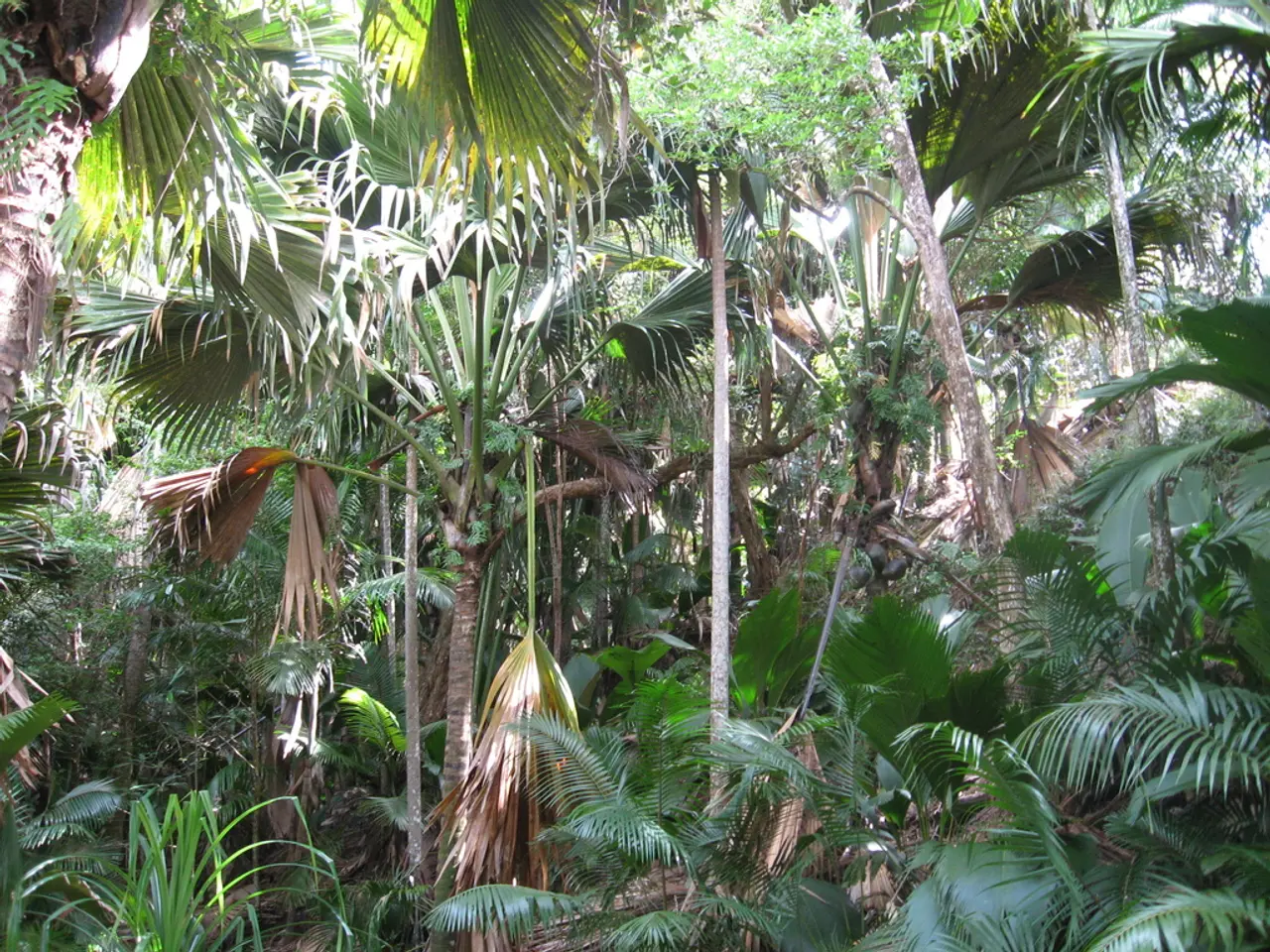Partnership forsigned agreement to revitalize mangrove ecosystems along the coastline
In a significant move towards safeguarding the environment, five leading environmental organisations – Conservation International (CI), the International Union for Conservation of Nature (IUCN), The Nature Conservancy, Wetlands International Eastern Africa, and World Wide Fund for Nature Kenya (WWF-Kenya) – have signed a Memorandum of Understanding (MoU) to protect and restore mangrove forests and seagrass along Kenya's coast.
The collaboration, aimed at protecting and restoring mangrove forests and wetlands for future generations, calls for a visionary approach and an unflinching commitment to shaping a more sustainable environment for current and future generations.
The MoU establishes a unified platform for non-state actors and technical experts to advance and coordinate best practices in mangrove conservation. This collaboration will help consolidate efforts, ensuring they align with national mangrove conservation targets.
The alliance aims to provide a collaborative platform for non-state actors and technical experts to advance best practices in mangrove conservation. The MoU focuses on restoring dwindling mangrove forests and seagrass beds to sustain coastal ecosystems critical for marine biodiversity, including fish, prawns, and crabs which rely on mangroves as nurseries.
Mangrove forests have carbon-storing superpowers, locking down more carbon than terrestrial forests of the same size. Recognising this, the alliance aims to leverage these properties to help combat climate change. Studies suggest that mangroves and coastal wetlands annually sequester carbon at a rate ten times greater than mature tropical forests.
The conservation efforts target stabilisation of shorelines to prevent erosion and damage from storm surges, contributing to climate resilience for coastal communities. Mangrove forests help create healthy seas because they act as nurseries for various marine animals.
The accord emphasises scaling up community-led conservation and restoration initiatives along Kenya's coastline, ensuring sustainable management for future generations. The alliance formed by the environmental groups wants to ensure that the Kenyan coast remains pristine for future generations.
Francis Okalo, of IUCN Kenya, stated that mangrove forests help create healthy seas because they act as nurseries for various marine animals. Okalo also mentioned that people love to come to the coast for its pristine waters, and the alliance aims to keep it that way.
The MoU coordinates and consolidates efforts and outputs by non-state actors, ensuring their contribution is aligned with and supports Kenya’s national mangrove conservation goals. The collaboration reflects a holistic, multi-stakeholder commitment to mangrove and seagrass ecosystem restoration, biodiversity conservation, climate mitigation, and community engagement, with clear coordination mechanisms to maximise impact along the Kenyan coast.
- The collaboration among the environmental organizations, including Conservation International, IUCN, The Nature Conservancy, Wetlands International Eastern Africa, and WWF-Kenya, is aimed at combating climate change by leveraging the carbon-storing properties of mangrove forests.
- The agreement focuses not only on mangrove conservation but also on promoting sustainable living and lifestyle choices as a means of protecting the environment.
- The unified platform formed by the organizations aims to support home-and-garden practices that promote sustainable living, such as effective waste management and water conservation, to reduce our carbon footprint.
- Beyond mangrove conservation, the alliance seeks to create healthy seas through sustainable-living practices that protect marine biodiversity by ensuring the survival of key species like fish, prawns, and crabs that rely on mangrove forests as their nurseries.




